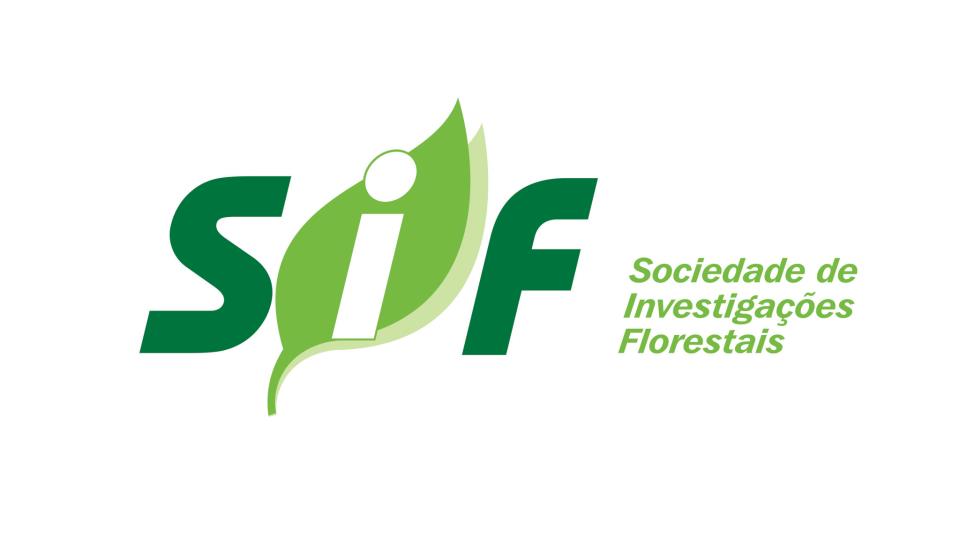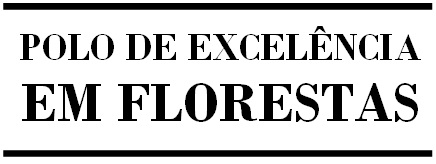Biblioteca Florestal
Digital
Digital
Dinâmica da estrutura da vegetação do sub-bosque sob influência da exploração em uma floresta de terra firme no município de Moju – PA

JavaScript is disabled for your browser. Some features of this site may not work without it.
| dc.contributor.author | Mendes, Fernanda da Silva | |
| dc.contributor.author | Jardim, Fernando Cristóvam da Silva | |
| dc.contributor.author | Carvalho, João Olegário Pereira de | |
| dc.contributor.author | Souza, Deivison Venício | |
| dc.contributor.author | Araújo, Clívia Bezerra | |
| dc.contributor.author | Oliveira, Mariana Gomes de | |
| dc.contributor.author | Leal, Eduardo da Silva | |
| dc.date.accessioned | 2014-08-26T17:35:57Z | |
| dc.date.available | 2014-08-26T17:35:57Z | |
| dc.date.issued | 2013-04 | |
| dc.identifier.citation | MENDES, F. S. et al. Dinâmica da estrutura da vegetação do sub-bosque sob influência da exploração em uma floresta de terra firme no município de Moju – PA. Ciência Florestal, Santa Maria, v. 23, n. 2, p. 377-389, abr./jun. 2013. | pt_BR |
| dc.identifier.issn | 0103-9954 | |
| dc.identifier.uri | http://www.bibliotecaflorestal.ufv.br/handle/123456789/10203 | |
| dc.description.abstract | Analisou-se a dinâmica da estrutura da vegetação do sub-bosque de uma floresta de terra firme sob a influência de clareiras durante 12 anos após a exploração florestal de impacto reduzido no município de Moju, Pará, na Amazônia Oriental, Brasil. Angiospermas de 10 cm de altura a 5 cm de DAP foram inventariadas em 468 m2 de amostras, em seis ocasiões (1998, 1999, 2000, 2001, 2007 e 2010), analisadas de acordo com as formas de vida (árvores, arbustos, lianas, ervas e palmeiras), considerando a abundância, a frequência, as categorias de tamanho (CT1 = 10 cm ≤ HT < 50 cm; CT2 = 50 cm ≤ HT ≤130 cm; CT3 = 130 cm < HT e DAP < 2 cm; e CT4 = 2 cm ≤ DAP < 5 cm) e a regeneração natural relativa. As famílias mais representativas foram Burseraceae, Marantaceae, Violaceae e Lecythidaceae em todas as ocasiões, enquanto as espécies mais importantes foram Monotagma sp1., Monotagma sp2., Rinorea guianensis, Lecythis idatimon e Protium pilosum. As formas de vida mais representativas foram, em ordem decrescente, árvores, ervas e lianas em todas as ocasiões. A dinâmica das diferentes formas de vida foi dependente da intensidade de luz. As clareiras possibilitaram o estabelecimento de regeneração de espécies comerciais e potencialmente comerciais, indicando que essas espécies não necessitam de condução para garantir o estoque para futuros cortes. | pt_BR |
| dc.description.abstract | The structure dynamics of an understorey vegetation influenced by gaps caused by reduced impact logging was analyzed during 12 years in a terra firme rain forest in the municipality of Moju, Pará state, eastern Brazilian Amazon forest. Angiosperm individuals from 10 cm height up to 5 cm DBH were surveyed in a 468 m2 sample area in six occasions (1998, 1999, 2000, 2001, 2007 and 2010), they were analyzed considering their life-forms (trees, shrub, lianas, herbs and palms), abundance, frequency, size classes (CT1 = 10 cm ≤ HT < 50 cm; CT2 = 50 cm ≤ HT ≤ 130 cm; CT3 = 130 cm < HT and DAP < 2 cm; and CT4 = 2 cm ≤ DAP < 5 cm) and relative natural regeneration Burseraceae, Marantaceae, Violaceae and Lecythidaceae were the most important families in the study area in every occasions, while the most representative species were Monotagma sp1., Monotagma sp2., Rinorea guianensis, Lecythis idatimon e Protium pilosum. The most frequent life forms were trees, herbs and lianas in all occasions. The dynamics of life forms depended on light intensity. The establishment of commercial and potentially commercial species was favored by gaps, suggesting that natural regeneration of those species do not need to be assisted for guaranteeing timber stocks for future harvests. | pt_BR |
| dc.format | 13 páginas | pt_BR |
| dc.language.iso | pt_BR | pt_BR |
| dc.publisher | Universidade Federal de Santa Maria | pt_BR |
| dc.relation.ispartofseries | Ciência Florestal:v.23,n.2; | |
| dc.subject.classification | Ciências Florestais::Manejo florestal::Manejo de florestas inequiâneas | pt_BR |
| dc.title | Dinâmica da estrutura da vegetação do sub-bosque sob influência da exploração em uma floresta de terra firme no município de Moju – PA | pt_BR |
| dc.title | Dynamics structure of the understorey vegetation influenced by logging in a terra firme forest, in the municipality of Moju, Pará state | pt_BR |
| dc.type | Artigo | pt_BR |
Arquivos deste item
| Arquivos | Tamanho | Formato | Visualização | |
|---|---|---|---|---|
| Ciência_Florestal_v23_n2_p377-389_2013.pdf | 1.109Mb |

|
Visualizar/ |
|





